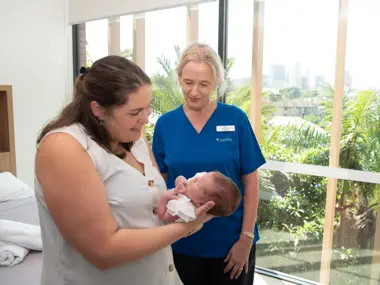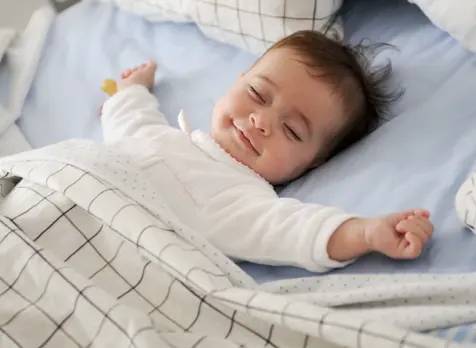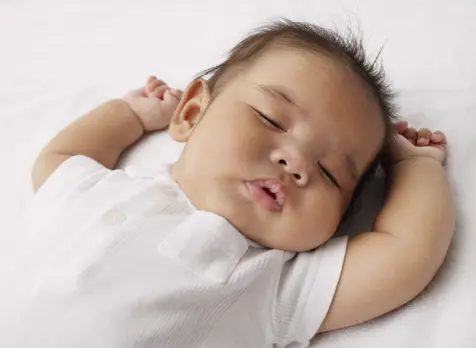Understanding what makes a safe sleeping environment is incredibly important. Tragically some babies die unexpectedly and for no obvious reason in their sleep, it's called Sudden Unexpected Death in Infancy (SUDI) which includes Sudden Infant Death Syndrom (SIDS). Here are some ways you can reduce the risk.
1. Always place baby on their back to sleep
A baby should always be placed on their back to sleep.
When they're placed on their side, it can double the risk of SUDI. It's unstable as the baby is likely to roll into the tummy position. The tummy position makes the baby 9 times the risk of SUDI.
2. Have a safe sleeping environment
Your baby should have their own cot that meets the Australian safety standard and has a firm, well fitted mattress. Do not use a doona, cot bumper, mattress padding, sheep skin or leave soft toys in the cot.
Make sure hanging cords such as blinds or electrical appliances aren't near the cot and keep any electrical appliances, heaters, electric blankets or hot water bottles away from the baby.
Overheating is a risk for SUDI so make sure you dress your baby to be comfortably warm but not hot, to avoid overheating.
3. Sleep baby in their own safe sleep space
Your baby should sleep in their own cot in your bedroom at night for the first six to 12 months of life.
Co-sleeping or bedsharing isn't recommended due to the risk of SUDI.
Do not let your baby sleep on the couch or an armchair, especially with another person.










































